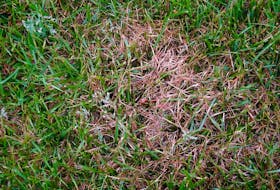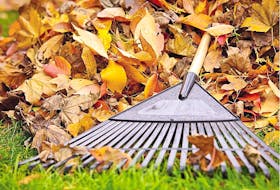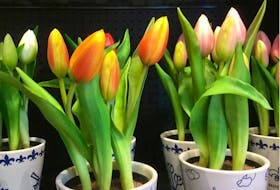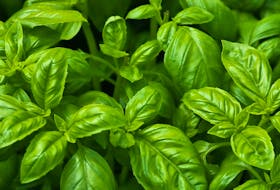We are not a poster household. I loved thumbtacking posters all over my walls when I was younger, but as an adult I shudder at the idea of hanging ragged paper by poking dozens of holes in my walls. No, thank you.
The thing is ... kids love posters. They’re big, colourful pictures of their favourite characters from video games, TV shows and movies. But the only attractive way to display a poster is by buying a proper poster frame, and those suckers are sometimes $40 or $50. Poster frames are shockingly expensive.
Luckily, I’ve found an expected replacement for posters (and their grossly overpriced frames): fabric panels.
That probably sounds weird at first. Fabric panels are different from regular fabric because they’re one large design that sometimes has a border around it. People will buy them to make easy crib-sized quilts for babies and toddlers — or they’ll add extra fabric around the sides to make larger quilts.
Fabric panels come in lots of different sizes, but 36 inches by 44 inches is pretty standard. That makes them larger than the average paper poster (27 inches by 39 inches). They can also be even cheaper than a poster — sometimes as low as $5, but maybe closer to $20 if they’re really spectacular and/or include licensed characters.
I recently tested out my theory by buying two Harry Potter fabric panels ($15 each) for our son’s bedroom and framing them for less than $4 each.
Normally I wash and dry fabric as soon as I bring it home, but in this case I decided to wash one and leave the other. I recommend not washing your panel, as 100 per cent cotton shrinks and sometimes warps a bit. (I’ll just need to remember, down the road when I’m ready to do something new with these panels, to wash and dry the unwashed one before attempting to sew with it.)
Iron the panel well to remove any wrinkles, and use a sharp pair of scissors to trim away any uneven white borders along the sides. Don’t cut off the copyright and washing information printed along the bottom, as it’s going to be hidden soon.
Take a piece of lightweight lumber (I used 1x2s) and hold it along the width of the trimmed panel. Mark it with a pencil, slightly in from either side, and cut two lengths that are 1-2cm smaller than the width of the panel. This is a great time to use up scrap wood because it doesn’t matter if it’s painted, old, etc. You won’t see it!
Flip up the bottom of the panel so you can see the back, and lay one of the pieces of wood on it. Fold the bottom of the panel around the wood by 1-2 cm and staple all the way along the wood to hold it in place. Repeat for the top of the panel using the other board.
NOTE:
I could have used additional boards running vertically to build a full wooden rectangle, wrapped the panel around it and stapled it in the back to create a “canvas” print, but this is an easy method that uses less wood and requires no measuring or screwing.
When you flip the top and bottom of the panel back down, you won’t see the wood strips at all — but you’ll be able to feel the wooden supports under the top and bottom. You can put a staple or two through the front of the panel into the wood, to keep the wood from flipping down, or you could use a sticky Command Strip to keep the wood flat against the wall when you hang the panel.
I nailed a saw toothed picture hanger into the back of each top board and then they were ready to hang.
Our son loves his new posters and he doesn’t know that I’m working on a spectacular Harry Potter quilt (plus throw pillows) for one of his Christmas presents.
The best part, for me, is that these fabric panels will have a much longer lifespan than a paper poster that would eventually get ripped and recycled. Fabric panels don’t get torn and ragged, and when you no longer want them on the wall, you can turn them into pillows, clothes, quilts, tote bags — anything!
You know I love using materials that can be repurposed over and over again, especially since I can’t stop changing things up here in our Handmade Home.
- COST: $19 each
- EFFORT: 1 out of 5
- RESULTS: 4 out of 5








